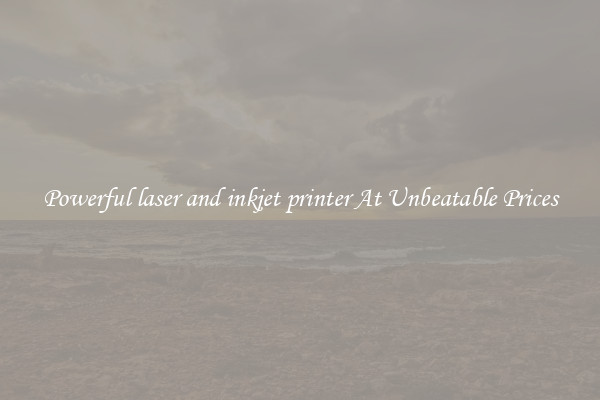Powerful 3d printer manufacturing industry At Unbeatable Prices
The 3D printing manufacturing industry has experienced a significant boom in recent years, primarily due to technological advancements and decreasing costs. The once expensive and inaccessible technology has become more affordable and widely available, making it a game-changer for various industries and businesses.

One of the key factors that have contributed to the rise of the powerful 3D printer industry is the unbeatable prices offered by manufacturers. In the early days of 3D printing, the prices of printers were exorbitant, limiting the adoption of this technology to only a few high-budget industries. However, as the demand for affordable 3D printers grew, manufacturers responded by developing powerful and cost-effective machines.
These powerful 3D printers provide the same level of precision and quality as their expensive counterparts, but at a fraction of the cost. This has opened up new opportunities for small businesses, entrepreneurs, and even individuals to explore the realms of 3D printing without breaking the bank. The market is now flooded with a wide range of affordable 3D printers, enabling users to choose the one that best suits their requirements and budget.
Manufacturers have been able to achieve unbeatable prices by optimizing their production processes, sourcing materials at lower costs, and using more efficient manufacturing techniques. Additionally, advancements in technology have allowed for the creation of compact and energy-efficient 3D printers, reducing operational costs associated with power consumption and maintenance.
This shift towards unbeatable prices has also played a crucial role in driving innovation within the 3D printing industry. With more affordable access to 3D printing technology, designers, engineers, and inventors have been empowered to bring their ideas to life. Prototyping and small-scale manufacturing have become more accessible, enabling faster iterations and reducing time-to-market for new products.
The healthcare industry has particularly benefited from the affordable 3D printers. Medical professionals can now create customized prosthetics, implants, and surgical models, allowing for better patient outcomes and reducing costs. The education sector has also embraced 3D printing, incorporating it into their curriculum to teach students about design, engineering, and manufacturing concepts.
In conclusion, the powerful 3D printer manufacturing industry has experienced tremendous growth primarily due to the unbeatable prices offered by manufacturers. This has made 3D printing technology more accessible than ever before, benefiting a wide range of industries. As prices continue to drop, we can expect further advancements and widespread adoption of 3D printing in the coming years.

View details

View details

View details

View details








